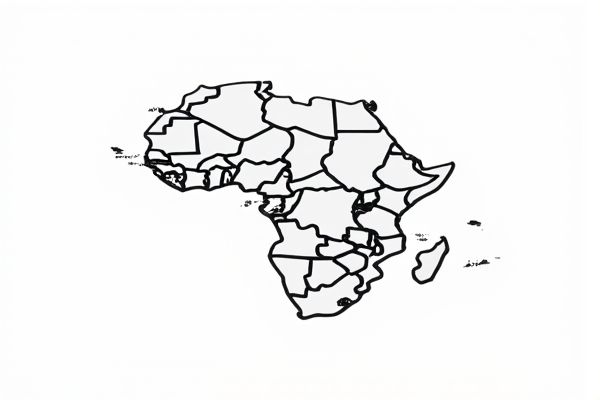
Discover a powerful random country generator designed to select countries based on population size, offering accurate and dynamic results. This online tool provides users with instant access to diverse country options tailored to population metrics. Enhance your projects, games, or educational activities with precise and easy-to-use country selection powered by population data.
Online tool for random country generator based on population
Here are several samples for a random country generator based on population, ready for you to use and customize. You can also enter your own list to tailor the results. With a single click, you will receive a randomized list and one selected value to utilize.Data Source
Single Result
Multiple Results
Introduction to Random Country Generators
Random country generators based on population utilize demographic data to provide users with country selections weighted by the size of their populations, enhancing the likelihood of selecting more populous nations. These tools integrate comprehensive datasets from sources such as the United Nations and the World Bank to ensure accuracy and relevance in the generation process. By focusing on population metrics, users gain insights into demographic distributions while exploring global geography through a data-driven approach.
Importance of Population-Based Selection
Population-based selection in random country generators ensures a more realistic and statistically representative sampling by weighting countries according to their population sizes. This method reflects demographic diversity, providing users with outcomes that better mirror real-world probability distributions. Such an approach enhances applications in education, gaming, and data analysis by aligning country selection frequencies with global population trends.
How Population Data Influences Country Randomization
Population data significantly enhances the accuracy of random country generators by weighting the probability of selection according to each country's population size. This method ensures that countries with larger populations, such as China or India, have a higher chance of being selected, which better reflects real-world demographics. Utilizing population-weighted randomization improves the relevance and realism of applications in demographic research, education, and global market analysis.
Advantages of Weighted Country Generators
Weighted country generators prioritize selections based on population size, ensuring more populous countries appear more frequently, which enhances the realism of statistical simulations and demographic analyses. This method improves data accuracy in applications like market research and travel planning by reflecting true global distribution patterns. Incorporating population-weighted algorithms reduces bias compared to uniform random generators, leading to more meaningful and representative results.
Applications in Education and Research
Random country generators based on population offer valuable tools for educational and research applications by providing dynamic datasets that reflect demographic realities. These applications facilitate geographic literacy and demographic analysis by enabling users to explore countries with probabilities proportional to their population size, enhancing statistical understanding of global population distribution. Researchers leverage such generators to simulate scenarios, conduct comparative studies, and model population-based phenomena for improved insight into socio-economic and environmental trends.
Enhancing Travel Planning with Population Metrics
Utilizing a random country generator based on population metrics revolutionizes travel planning by prioritizing destinations according to demographic size and density. This approach enables travelers to strategically select countries that offer diverse cultural experiences or less crowded environments depending on population trends. Integrating population data ensures more informed decisions, optimizing itinerary design for travel efficiency and immersive exploration.
Popular Tools for Population-Based Country Selection
Popular tools for population-based country selection leverage comprehensive databases from sources like the United Nations and World Bank to enable random country generation aligned with demographic weightings. These generators use algorithms that assign selection probability proportional to a country's population size, ensuring statistically representative sampling across global populations. Integrations with APIs from population data providers enhance accuracy and real-time updates for dynamic randomization processes.
Data Sources for Accurate Population Statistics
Reliable random country generators leverage authoritative data sources such as the United Nations World Population Prospects and the World Bank's population databases to ensure accuracy. These platforms provide up-to-date demographic statistics, enabling the generator to reflect current population figures for each country. Utilizing verified datasets improves the precision of randomness weighted by population, enhancing the tool's relevance for research and educational purposes.
Addressing Bias in Random Country Generation
Random country generators based on population often introduce bias by disproportionately favoring countries with larger populations, such as China and India, while underrepresenting smaller nations like Iceland or Bhutan. Addressing bias requires implementing weighted algorithms that balance population size with geographic and cultural diversity. Incorporating normalization techniques ensures fair representation, preventing skewed results that compromise the randomness and inclusivity of country selection.
Future Trends in Geographic Randomization
Future trends in geographic randomization emphasize leveraging population data to enhance the accuracy of random country generators. Machine learning algorithms analyze demographic shifts and urbanization rates to dynamically adjust selection probabilities, reflecting real-time population distributions. This data-driven approach improves representational fairness and predictive modeling in global simulations and decision-making tools.
 azrandom.com
azrandom.com